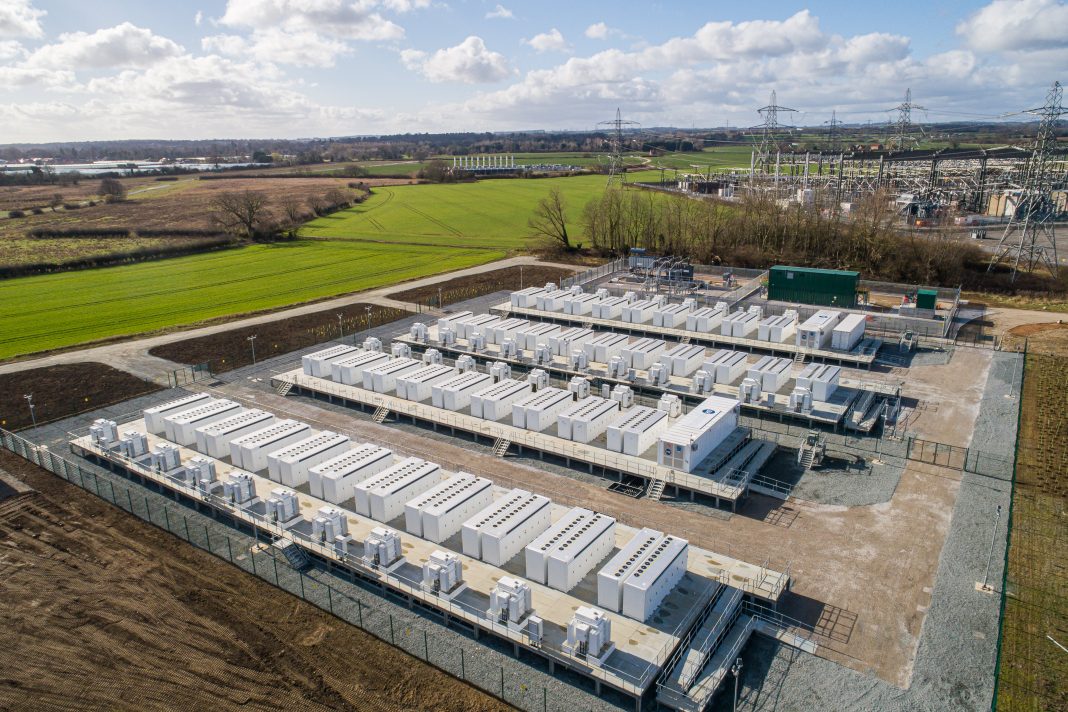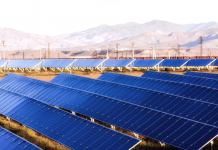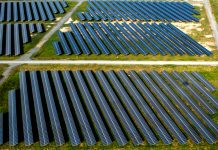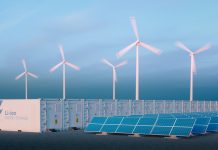Founded in 2010, Harmony Energy is one of the UK’s leading developers of utility-scale battery energy storage systems. Here is how they are shaping the future of renewable energy
Harmony Energy is one of the UK’s leading developers, owners and operators of utility-scale battery energy storage systems (BESS). We also have experience developing, building, and operating wind and solar projects, both independently and in partnership with others.
Harmony’s renewable energy story began with the development of onshore wind in the UK, garnering support from the UK’s largest pension fund – Universities Superannuation Scheme (USS).
In 2019 – having shifted our focus to BESS in 2016 – we sold the majority of our 15 wind assets to Blackfinch Investments, recognising the crucial impact of BESS on enabling more renewable power onto the network.
Challenges of wind and solar
In the UK and many other countries, wind and solar are the cheapest forms of electricity generation. However, they are intermittent, i.e. they do not generate 24/7 and therefore may not be generating when the power is needed most or may oversupply when power is not required. We understood these challenges first-hand.
To overcome these challenges, you can store the power and balance the network when it requires it most creating a more secure and efficient system which is environmentally and financially sustainable.
For example, in the UK, wind farms are paid to switch off when the grid network has insufficient demand to take the power (known as ‘constraint payments’). In December 2022, National Grid spent £82m on constraint payments. If sufficient energy storage was available, such payments would be avoided therefore reducing the ultimate cost to the consumer.
Why our focus shifted to BESS
BESS enable the grid to keep renewable energy assets operating by sending the surplus power to charge the BESS to be used later when the grid is under stress or in need of power.
At present, the grid still relies on gas generators to provide power when the network is short. BESS will help displace these gas generators and therefore help reduce emissions and achieve Net Zero.
BESS in the UK essentially plays two roles in providing multiple services to National Grid:
- Provide ‘ancillary services’ – Ancillary services consist of services to National Grid, such as frequency response, which helps ensure the grid remains at a stable frequency (to avoid blackouts) by responding to events within milliseconds.
For example, if a power station unexpectedly drops offline, BESS can stabilise the power network in the area impacted until the power station is back online. - Trade the energy (arbitrage) – The BESS can be charged when energy is cheap and pumps it back to the network when it is expensive. To achieve this, we trade on different markets, including wholesale, intraday, day ahead and the Balancing Mechanism.
In June 2020, we completed our first UK BESS site, Holes Bay (located near Poole). This was developed in partnership with Madrid-based renewable development company, FRV. Holes Bay was the first site in Europe to utilise Tesla’s Megapack technology and energy trading platform, Autobidder.
The successful development was the catalyst for future BESS projects, including the next site delivered, Contego (Burgess Hill). These sites were the leading performing BESS assets in 2021 and 2022 in the UK. Both sites were the first in the UK to utilise 2-hour duration systems.
Harmony Energy Income Trust launched
In November 2021, we launched the Harmony Energy Income Trust Plc (‘HEIT’) on the London Stock Exchange following the success of the earlier sites, with a market cap of £210m. HEIT has preferential rights to acquire and build out our future development pipeline.
Launching HEIT enabled us to accelerate our developments by deploying capital at speed – with HEIT currently having three live BESS sites, a further three due online before the end of 2023 and an additional two in 2024.
In addition to the equity raised, HEIT also raised £130m of debt through NatWest and Rabobank. The recent appetite from the banks shows the investment creditability of the sector.
A few years prior, bank debt was unavailable as the market was yet to be established, meaning people hadn’t built a track record to show how the assets would perform. Since its launch, HEIT’s Net Asset Value has increased by over 12% in addition to paying a healthy dividend (HEIT pays an annual dividend of 8p per annum). Looking ahead, we see significant capital growth opportunities with annualised target returns of 10-12%.
November 2022 marked a significant milestone for HEIT when HEIT’s Pillswood site – Europe’s biggest battery energy storage system (by MWh) – went operational. The Pillswood site, located in Hull, can store enough electricity to power approximately 300,000 British homes for two hours. Pillswood is located next to the substation where the world’s largest offshore wind farm, Dogger Bank, will connect to the network later in 2023.
In addition to HEIT, we have joint ventures with FRV and TagEnergy, both global leaders in energy storage. These joint ventures have also secured debt from NatWest, Natixis and Santander.
Delivering renewable energy for the future
Within the Harmony group, we have 220MW / 440MWh of BESS operating across five sites and a further 412MW / 824MWh across seven ‘in build’ sites. We have a significant pipeline of sites moving closer to ‘in build’ status (over 2GW) within the UK and a further 2GW in our international pipeline.
We have a strong track record of delivering renewable energy projects in a successful and timely manner, and we work closely with landowners from the outset to ensure financial and environmental benefits are maximised.
Being a key figure in the renewable energy industry, we provide community funding to support incentives and organisations that improve the local environment, such as planting trees or protecting wildlife, as well as increasing biodiversity across all our developments.
In addition to the UK, Harmony has teams in France, Poland, Germany and New Zealand. We recently achieved planning on the largest solar farm in New Zealand in 2022 and are looking to commence construction in 2024.
Harmony aspires to be the market leader in BESS development. Our ability to prove concept early and build at scale has successfully put Harmony Energy at the forefront of the sector whilst laying the foundations for our international expansion.
Contributor Details
Editor's Recommended Articles
-
Must Read >> Can the UK be a global leader in battery storage?















